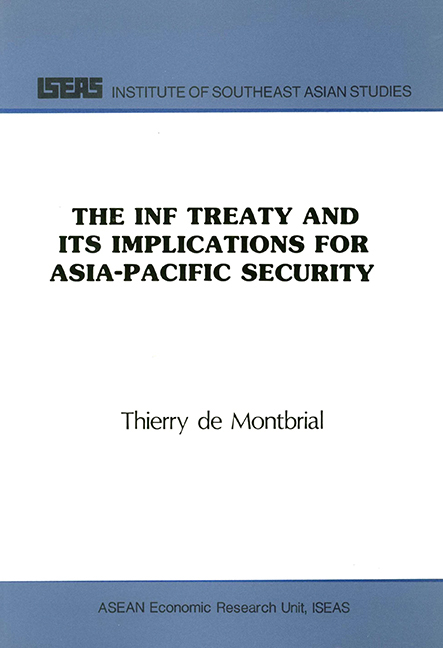Question and Answer Session
Published online by Cambridge University Press: 21 October 2015
Summary
Question
Would you like to comment on the American reasoning which led to the signing of the Treaty?
de Montbrial
Indeed, the first to propose the zero-option were the Americans and not the Soviets. The proposition was made in 1980 by Richard Perle. The idea sustaining it was that the Soviets would never accept and that therefore it would bring the overall process to a dead-end. The first lesson to be drawn from this episode is that, if one is not prepared to assume the consequences, one should never make a proposal on the assumption that it would be rejected. In that sense, this was a mistake. It took a very long time for the Soviets to reach the conclusion that eventually, it was in their interest to put this proposition forward. Incidentally, we may witness the same process in Afghanistan. We wanted the Soviets to leave Afghanistan without conditions, without having prepared for the future. They are doing it. But what will happen next? We cannot preclude a situation in which (the Soviets, having manipulated the different factions to their advantage) a new Soviet-dominated government would be installed in Kabul which, after a while, if need be, would again call the Soviets back for protection. Generally speaking, the Soviets have proved to be excellent calculators, looking at several “strikes” in advance.
Coming back to the INF Treaty, I would like to make a special point about the weight of anti-nuclear public opinion in the United States and in parts of Western Europe. There has been a sort of collusion between the right intellectual wing in the United States and the left intellectual wing in Germany. For both of them, nuclear weapons were the evil and had to be eliminated; hence, the 23 March 1983 speech of President Reagan on the SDL The myth sustaining the SDI project was the elimination of weapons. The ideologic factor was very important in the whole American process.
- Type
- Chapter
- Information
- Publisher: ISEAS–Yusof Ishak InstitutePrint publication year: 1989

